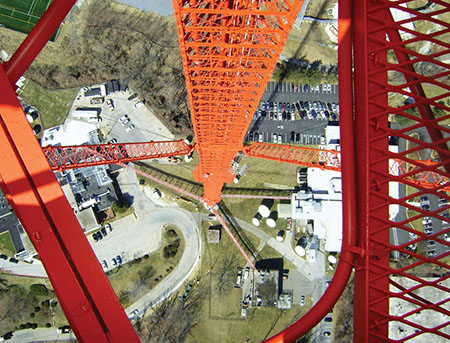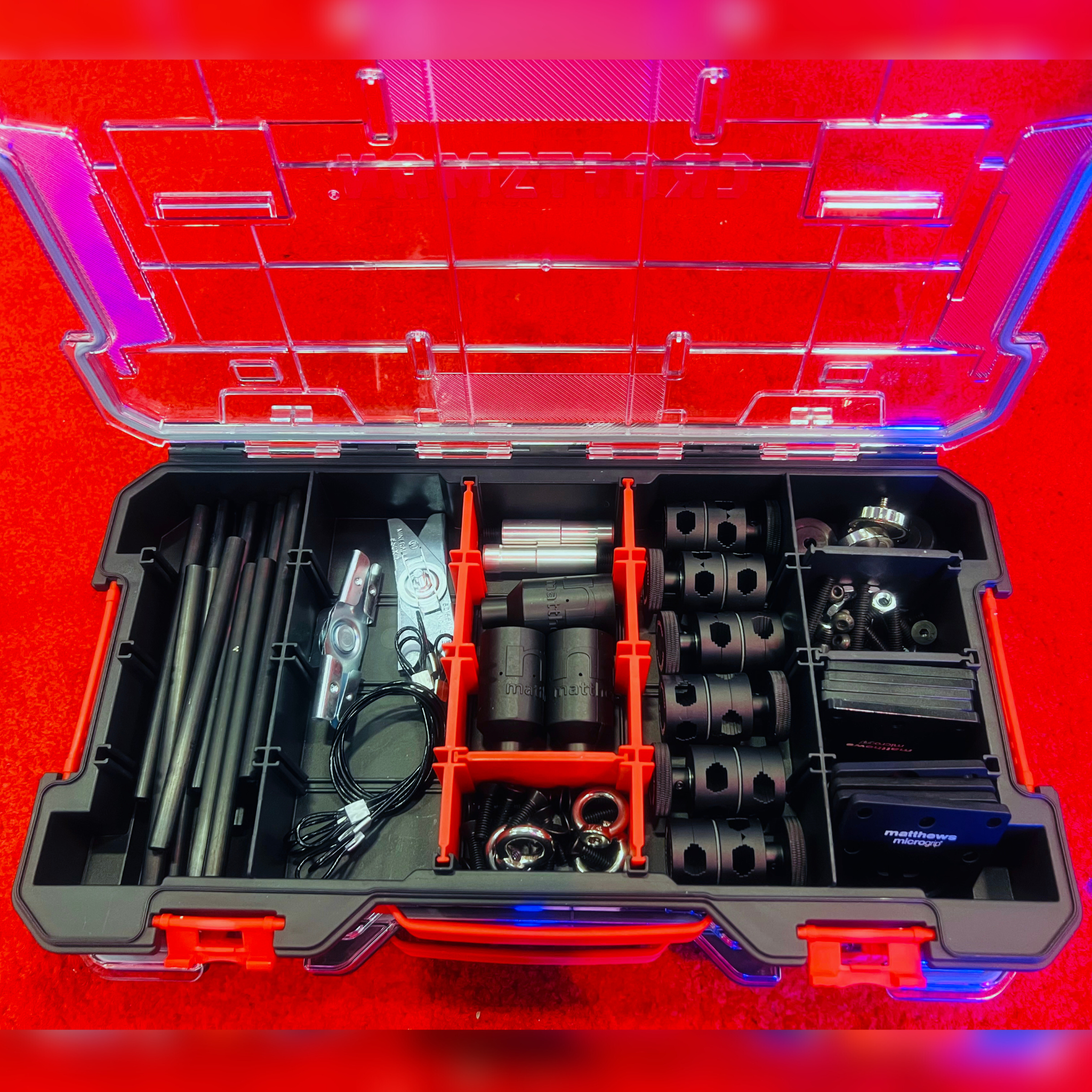Repack Deadline Passes—More Work Ahead
The FCC’s July 12 deadline for stations to file Schedule A, the engineering application for their post-repack facility, and Schedule 399, the request for reimbursement for that facility and other associated charges has passed. While I’m sure all of us breathed a sigh a relief when the last form was filed, there is a lot more work to do. Indeed, I suspect the rush to meet the deadline has produced applications for facilities that won’t, or can’t be built as filed and costs that are not fully documented. All this is going to have to be sorted out soon.

UPGRADES, HEADROOM AND MORE
In the case of the Schedule 399 filings, filers have already received an email notifying them they will have five business days after notification to correct any errors or provide any data missing on the form. Much of the confusion is likely to surround “upgrades,” replacing IOT (inductive output tube) transmitters with modern solid-state transmitters and the replacement transmitter power that will be allowed.
Some questions about how broadcasters with transmitters that are no longer supported by the manufacturer would be reimbursed for replacement transmitters—which the FCC stated would be considered an “upgrade”—remained unanswered until an FAQ was released less than two weeks before the deadline.
A key issue is whether stations that invested in larger transmitters, either for reliability or for future upgrades, will be reimbursed for replacement transmitters with similar headroom (extra power capability).
Many stations installed transmitters with two tubes, even if one could be pushed to meet their existing, licensed effective radiated power (ERP), because they didn’t want to be off the air if one tube failed.
Other stations installed larger transmitters to handle a future antenna design capable of elliptical or circular polarization. In a “like for like” replacement, broadcasters that made these decisions shouldn’t have to pay out of pocket for the extra headroom they had on their before-repack channel.
In other cases, the “like for like” replacement requirement, while certainly understandable and justified, can add complexity and extra work to repack. In some cases, rather than building an interim facility it may make sense to utilize the existing transmitter and antenna as the “interim” facility and build new for the new channel.
This sounds like the ideal solution for stations where a location for the new antenna is available—perhaps an old analog top-mount location or a spot opening up from a station that sold its spectrum and the existing transmitter either can’t be retuned or would be more expensive to retune than to replace.
While this wouldn’t be a “like for like” replacement, when considering the alternative, it has to be cheaper. A strict “like for like” would involve adding an additional antenna and line to the tower for interim operation on the existing channel so that the current antenna could be removed and the antenna for the new channel installed in its place.
If the tube transmitter was to be retuned or replaced with another tube transmitter, it is going to be very time-consuming since it would be a custom build and the station couldn’t be off the air for such a long period of time.
The only option, if an auxiliary transmitter was not available, would be to purchase or lease and install a new interim transmitter along with associated power and cooling gear.
Cost-wise, in either scenario a new transmitter is required, regardless of the antenna choice; but instead of one new antenna and transmission line in the “build new for new channel” case, two antennas will be needed and perhaps additional transmission line as well in a strict “like for like.”
The additional antenna means additional tower work. In many cases, the “build new for new channel” will be the cheaper, less risky approach, even if it involves an “upgrade” from a side-mount to a top-mount antenna.
A problem could arise if the antenna spot is higher on the tower than the existing antenna. The change in height above average terrain (HAAT) can be enough to modify the contour. Reducing ERP will bring the contour within the extension limits, but if the station has areas with dense population on the edge of its contour, it could reduce coverage by more than 5 percent of the population, causing the coverage check to fail. If a solution is found, it may not be the best one for real-world coverage.
Fortunately, from what I’ve seen in my work with the new channel assignments, there will be room to modify the patterns to something more useful, perhaps even restoring ERP to that authorized on a higher before-repack channel in the second priority filing window.
SCHEDULE A ENGINEERING COMPLICATIONS
I discovered another “gotcha” when working through facility designs for Schedule A designs that used mechanical beam tilt to shrink the contour off the back of a slot antenna to pull in the contour and protect other stations. The contours were incredibly hard to replicate with lower gain antennas. Maintaining the same antenna length requires lower elevation gain and a fatter elevation pattern.
Designs that meet the contour extension limits often result in less than optimum signal on the ground. Fortunately, as with the HAAT case above, there should be an opportunity to design and file for an antenna system that not only protects other stations but provides a good signal to the population when the 1 percent extension limit goes away in the second priority filing window.
These Schedule A engineering changes will likely result in some changes in the costs, which will have to be reflected in Schedule 399 updates as upgrades before reimbursement can be received for the “like-for-like” non-upgraded costs submitted on or before July 12.
The second priority window—in addition to allowing fixes to convoluted designs filed to comply with the FCC pattern replication rules—will allow stations to maximize and change transmitter locations. It is also the time to consider the role of single frequency networks in maximization plans.
Based on what I’ve seen studying the post-repack channel assignments, there will be many opportunities for stations to improve coverage and perhaps move transmitters from “suburban” locations into the market’s main antenna farm. Stations in a market may also want to swap channels to allow for an easier transition. In crowded regions like the northeast, a station may be able to increase power only if a station in an adjacent market increases power. All of this will have to be done in the second priority window before the freeze on coverage expansion is lifted for all TV broadcasters.
The July 12 deadline may have come and gone, but as you can see, many Schedule 399 and Schedule A forms are likely to require revisions before reimbursements start flowing and facility construction begins. Most of that work will have to be done within the next few months. No time to relax!
Doug Lung is vice president of Broadcast Technology, NBC/Telemundo stations. He welcomes your comments and questions. Email him atdlung@transmitter.com.
For more information on the repack, visit TV Technology's repack silo.
Get the TV Tech Newsletter
The professional video industry's #1 source for news, trends and product and tech information. Sign up below.

Doug Lung is one of America's foremost authorities on broadcast RF technology. As vice president of Broadcast Technology for NBCUniversal Local, H. Douglas Lung leads NBC and Telemundo-owned stations’ RF and transmission affairs, including microwave, radars, satellite uplinks, and FCC technical filings. Beginning his career in 1976 at KSCI in Los Angeles, Lung has nearly 50 years of experience in broadcast television engineering. Beginning in 1985, he led the engineering department for what was to become the Telemundo network and station group, assisting in the design, construction and installation of the company’s broadcast and cable facilities. Other projects include work on the launch of Hawaii’s first UHF TV station, the rollout and testing of the ATSC mobile-handheld standard, and software development related to the incentive auction TV spectrum repack. A longtime columnist for TV Technology, Doug is also a regular contributor to IEEE Broadcast Technology. He is the recipient of the 2023 NAB Television Engineering Award. He also received a Tech Leadership Award from TV Tech publisher Future plc in 2021 and is a member of the IEEE Broadcast Technology Society and the Society of Broadcast Engineers.
